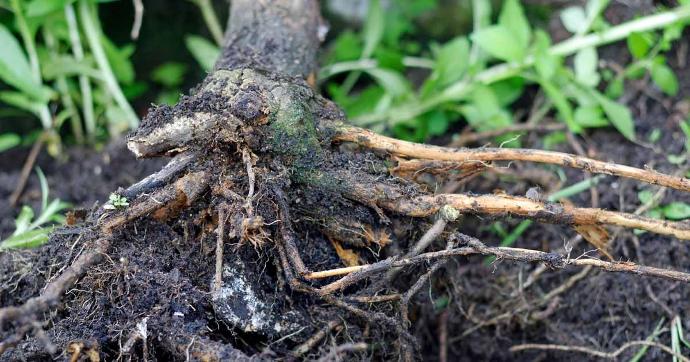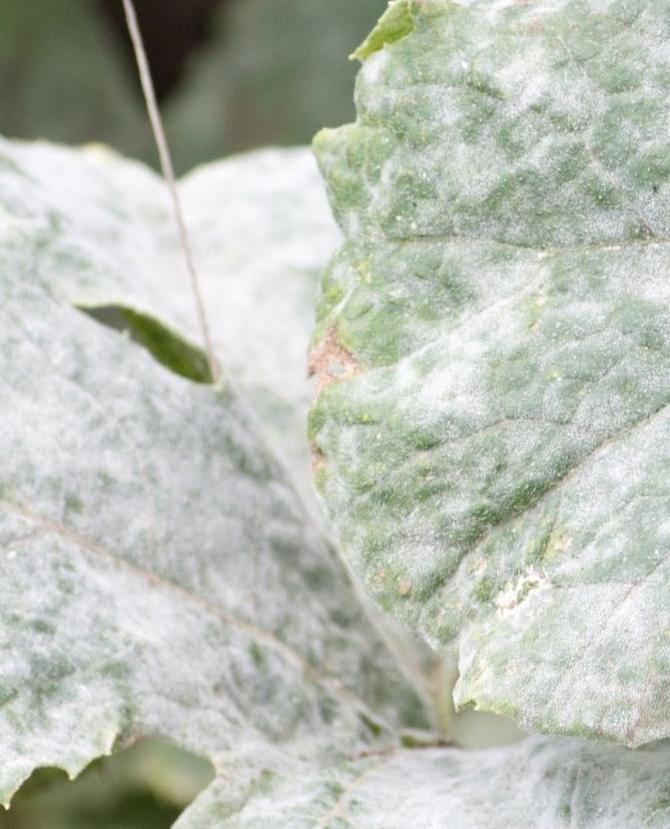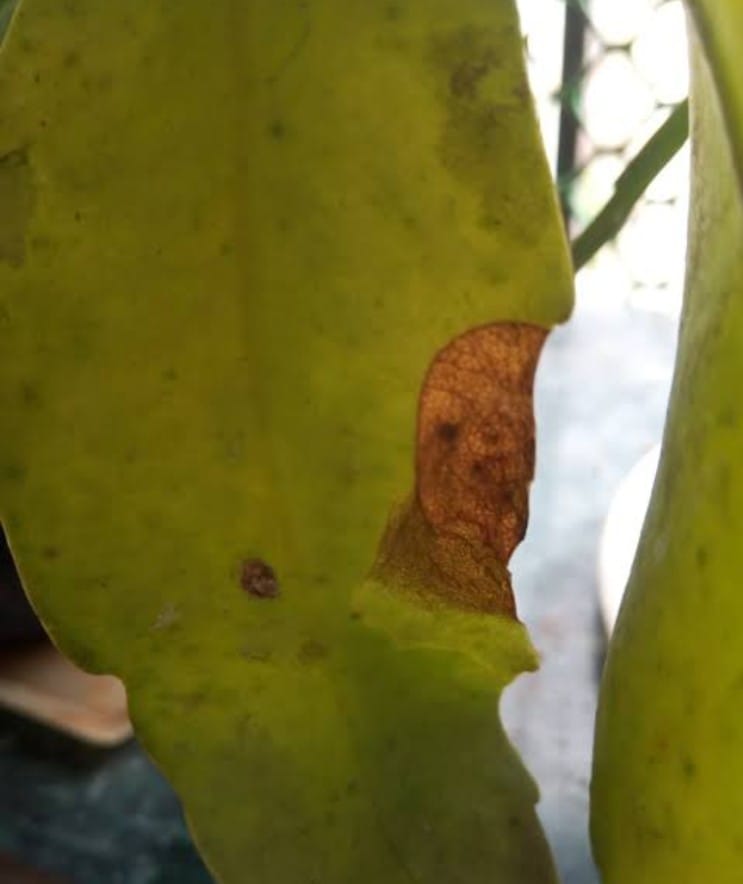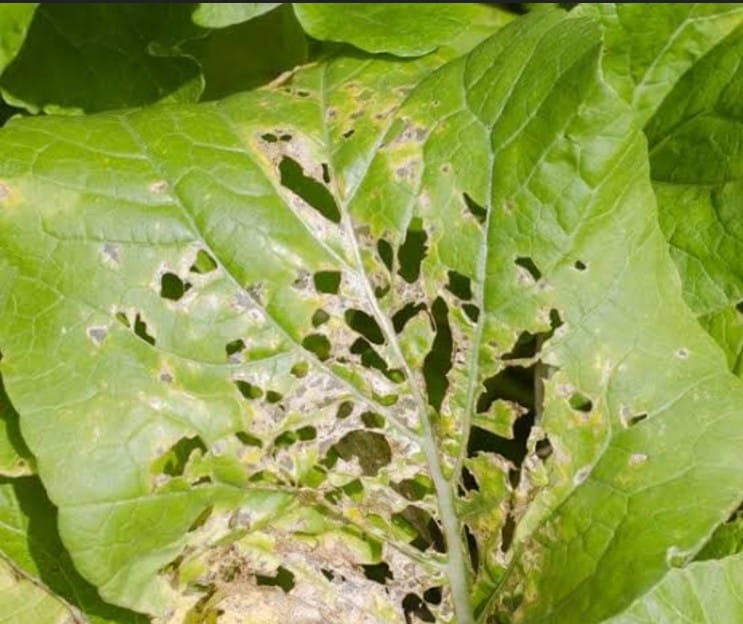Kamala Plant
Kamala, possibly referring to a specific plant variety, may have varying care requirements. Generally, provide well-draining soil, appropriate sunlight, and regular watering. Pruning and fertilizing practices may vary based on the specific characteristics of this plant.
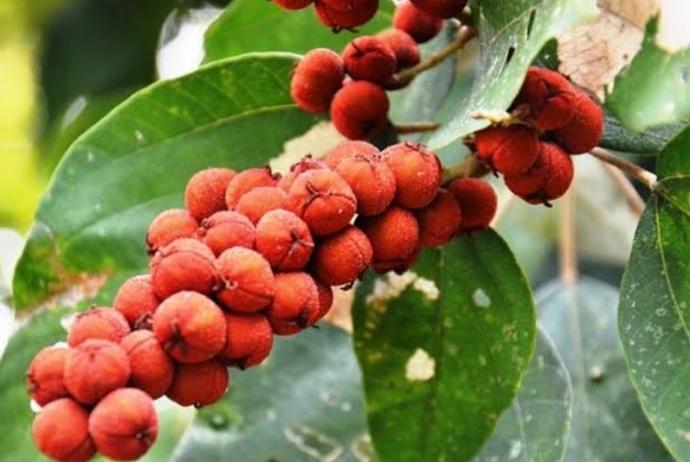
Habit
Tree
Height
4 to 6 m
Growth
Fast
Soil
Well-drained, Loamy
Shade
Full Sun
Moisture
Moist
Edible
No
Medicinal
No
Origin
India
Climatic Condition
Tropical, Subtropical
Temperature (°)
25°C to 35°C
Humidity (%)
60% to 80%
Potting media
50% Loam, 30% Sand, 20% Organic Matter
Fertilizers
Organic Fertilizer
Watering
Regular watering
Plant Weight
1 to 2 kg
Flowering Time
Summer to Fall
Soil Ph level
6.0 to 7.5
Water Ph level
6.0 to 7.0
Soil EC
0.6 to 1.0 mS/cm
Yield Per Plant
4 to 6 kg per plant
NPK ratio
10:10:10
life Span
10 to 15 years
Health Benefits
Antioxidant, Anti-inflammatory
Suggested Grow Media or Potting Mix ?
50% loamy soil, 30% compost, 20% sand
Suggested Fertigation/Fertilizers
Fertilize every 4 weeks with a balanced fertilizer.
Common Diseases and Remedies
Powdery mildew, Root rot.
White powdery substances on leaves, young shoots and flowers . yellowing, wilting and decline of the entire plant.
Neem oil, Improve air circulation, improve soil drainage, avoid over watering, use organic mulch.
HEALTH BENEFITS
· Used in Ayurveda for liver detoxification
· Antifungal and antibacterial properties
What Is An Kamala?
Mallotus philippensis is a plant belonging to the Euphorbiaceae family. It is called Kamala tree or Red Kamala tree or Koom tree because of its red fruit cover.

What Are The Different Types Of Kamala?
Pundarika (White): Principles of True Law, Chinese: Lotus Sutra) is one of the most influential and respected Mahayana Buddhist sutras. It is the main classic of the Tiantai sect, Tiantai sect, Tiantai sect and Nichiren sect of Buddhism. Kokanada (red): "Krishna Kamal" is the Hindi name for a variety of plants with red or dark flowers associated with Lord Krishna. A plant commonly known as Krishna Kamal is Nelumbo nucifera) Here is some information about Nelumbo nucifera:
Plant: Nelumbo nucifera is a perennial aquatic plant with large, rounded leaves that float on it. , Indivara (Blue): It is said that when Buddha passed away, flowers bloomed wherever he walked throughout his life. Many mythological stories are told about this flower in India. The color of this flower is blue, similar to the color of Lord Krishna. This flower is considered the favorite of Goddess Durga and Draupada. Nelumbium spiosum Willd: Nelumbo nucifera, also known as the sacred water lily, Indian water lily [1], or simple water lily, is one of two types of water lily. It is sometimes colloquially called a water lily, but this usually refers to members of the Nymphaea family.
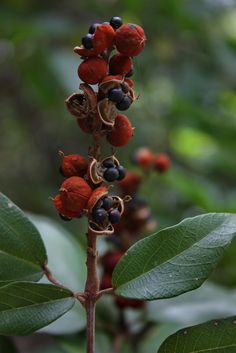
How To Care Kamala?
How to care for Kamala plants? Place this plant in direct sunlight and water only when the topsoil is dry. This plant should be protected from direct sunlight and excessive watering. Repotting This plant should only be repotted when necessary.
Location
High altitude (Himalayas, Uttarakhand)
Sunlight
More than 6 hours of direct sunlight per day is good for the plant.
Soil
Poor soil, limestone, acidic soil and rock.
Hydration
In some cases, your Kamala plant may not need supplemental watering when growing outdoors and can survive on rain alone. However, if you live in an area that receives little or no rainfall, you should water this plant every two weeks.
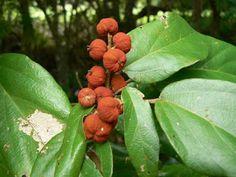
Nourishment
Kamala is an Ayurvedic herb with many uses. The fresh rhizome is said to have tonic and nourishing properties.
Issues
The NPK ratio of 4:2:1 (N:P2O5:K2O) is generally considered the best ratio and can be used to maintain plant nutrition throughout the country.
What are the benefits of Kamala plant?Kamala or Kampillakah is also used as an oral antiseptic. Powder and parts of Kamala are also used externally to promote healing of cuts and wounds. They are used to treat parasitic infections such as ringworm, ringworm, and herpes.

FAQs About Growing Kamala
1. What is the use of the Kamala tree?
Kamala or Kampillakah is also used as an oral antiseptic.
2. What is Kamala powder plant?
Mallotus philippensis is a plant belonging to the Euphorbiaceae family. It is called Kamala tree or Red Kamala tree or Koom tree because of its red fruit cover.
3. Where is the Carmela paint?
Kamala is a powder obtained from the fruit of Mallotus philippinensis, a small green plant also known as the red-green tree (because the red sold as the fruit is said to rub the face). Kamalas are found throughout tropical India. Camara dye behaves and colors similarly to carmine.
4. What is the English name of Kamara fruit?
Kamala Fruit is the fruit of a variety of citrus in the family Rutaceae (see list of plants known as oranges), usually Citrus × sinensis, also known as sweet orange to distinguish it from Citrus × aurantium, also called bitter orange. .
5. What are the leaves of the Kamala tree?
The leaves are opposite the stem, oval to oblong, 4 to 12 cm long, 2 to 7 cm wide, with long pointed tips. Its upper part is green and hairless, and its upper part is light gray. You can see the small red tumor with a magnifying glass
